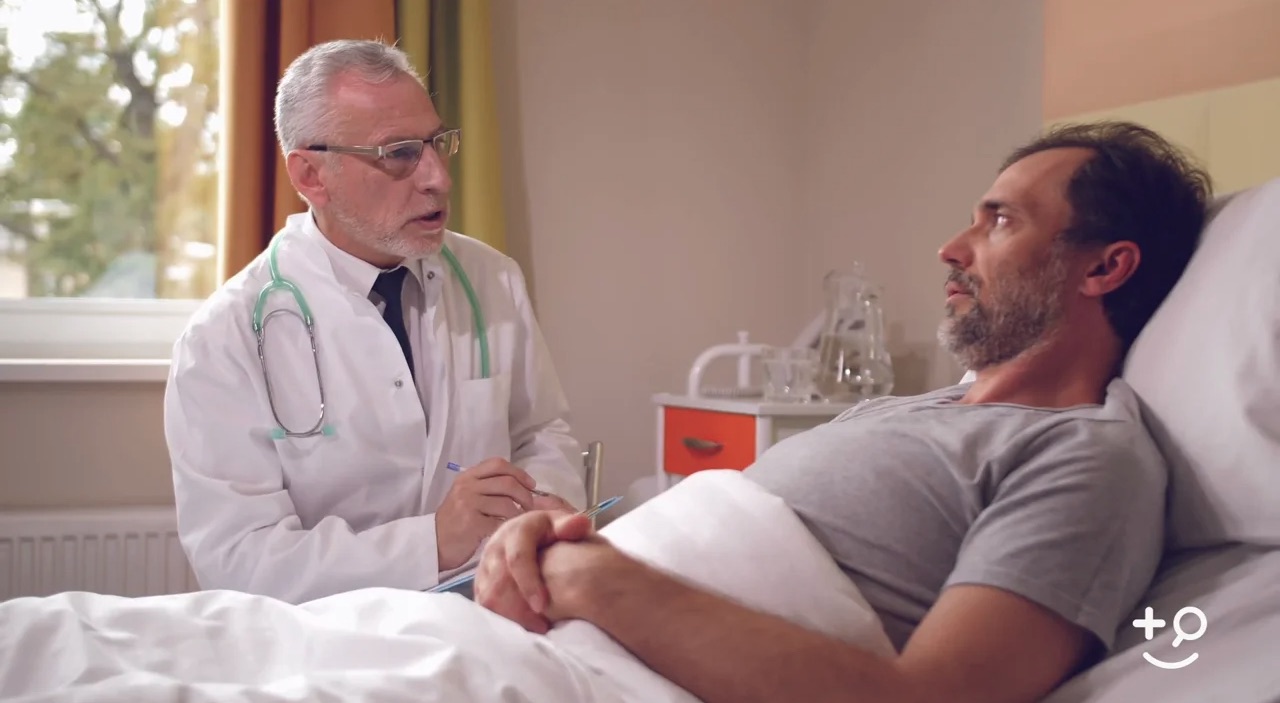The term “herpes” is derived from Greek meaning “to creep or crawl,” in reference to the spreading nature of herpetic skin lesions.
Herpes simplex viruses (HSV) are universal, highly prevalent, and virtually inescapable. 80% or so of primary genital HSV infections are asymptomatic and are thus transmitted to others by those unaware that they are infected. More than 90% of adults have antibodies to HSV, indicative of prior infection. The prevalence of having antibodies to HSV increases with aging. 65% of adults have antibodies to HSV-1 and 20-30% have antibodies to HSV-2. Having antibodies to HSV-2 is more common in African Americans as compared to other racial groups and is more common in females than in males.
Although HSV-1 is traditionally thought to be an oral virus and HSV-2 a genital virus, the area of the body where the herpetic outbreak occurs is not necessarily indicative of the viral type. The incidence of HSV-1 causing genital herpes continues to accelerate, particularly in younger people and homosexual males.
HSV is transmitted by close personal contact with infectious salivary or genital secretions through cracks in the skin or mucosal surfaces. HSV can also be transmitted from mother to neonate at the time of childbirth. Herpes is “forever,” since HSV replicates within the nervous system of the body and can remain dormant in nerve cell ganglia indefinitely and an infection can be reactivated by triggers including fever, trauma, stress, menstruation, sunlight, etc. Reactivation occurs more commonly and is of greater severity in the immunocompromised population, including organ transplant recipients, AIDS patients, etc. HSV in the immunocompromised population is potentially life-threatening.
Primary HSV infection (the initial infection) often has systemic manifestations and a longer duration of symptoms and a higher rate of complications than recurrent infections. Recurrent infections are typically milder and of shorter duration. Recurrent HSV occurs in 80% of those with HSV-2 and 50% of those with HSV-1. Herpes labialis (aka cold sores) is the most common type of recurrent HSV-1 infection. The prodrome (early symptoms indicating the onset of a disease) consists of pain, burning, and tingling, followed by the appearance of watery blisters that ultimately erode to form ulcers and then encrust.
Genital herpes is most commonly transmitted via oral-to-genital as opposed to genital-to-genital sex. The features and clinical course of HSV-1 and HSV-2 are similar, but recurrences are more common with HSV-2. Primary genital herpes can be severe and prolonged, more so in the female population. The first few days following infection in a female are characterized by headache, malaise, muscle aches, pain, itching, discomfort while urinating, vaginal and urethral discharge, and enlarged and tender lymph nodes. Blisters appear on the labia majora, labia minora, vestibule, periurethral region, and often on the perineum and cervix. After the blisters rupture, they leave painful and tender ulcers that eventually encrust. Genital herpes in males is manifested by herpetic blisters on the penile head, shaft, and foreskin, and at times may involve the scrotum, thighs, and buttocks. They eventually ulcerate and encrust. Herpes urethritis causing burning with urination is not uncommon. In both genders, the lesions can shed virus for about 12 days and the lesions persist for 4-15 days before healing. HSV is the most common cause of genital ulcers.
Recurrent genital herpes typically is preceded by a prodrome followed by the painful blistering, with viral shedding typically for 5 days and lesions healing in 7-10 days. The frequency and severity of recurrences typically decreases with time.
The diagnosis of HSV is made by clinical suspicion and tissue culture or PCR (polymerase chain reaction) techniques. The key to managing HSV infections is to recognize them early and treat them on a timely basis. There are various effective antiviral medications including acyclovir (Zovirax), valacyclovir (Valtrex), famciclovir, and penciclovir (Denavir). Topical treatments are not as effective as systemic treatments. Antiviral medications are most effective when taken within 72 hours of lesion appearance. For recurrent HSV, suppressive therapy can be effective at preventing outbreaks, reducing the frequency of genital HSV infections by 70-80% in those with frequent recurrences.
 Back to Blog Homepage
Back to Blog Homepage
